Dispersibility
___Dispersibility is a crucial property in chemical activities and related industries, influencing product stability and performance. It refers to the ability of a substance to distribute uniformly throughout another medium, such as a liquid or gas. This characteristic is vital in industries like pharmaceuticals, paints, and food processing, where consistent and homogeneous mixing ensures quality and efficacy. Effective dispersibility enhances solubility, prevents sedimentation, and improves the absorption and reaction rates, playing a key role in product development and innovation.
Pharmaceuticals
In the pharmaceutical industry, chemical grafting revolutionizes drug formulation by modifying the surface properties of drug particles, significantly enhancing their dispersibility. This advanced technique ensures uniform distribution of active pharmaceutical ingredients, crucial for consistent drug efficacy and safety. Improved solubility and bioavailability result from this process, facilitating better absorption in the body. It’s particularly vital in creating effective oral suspensions and tablets, where even distribution of active compounds is essential for dose accuracy and therapeutic effectiveness.
Paints and Coatings
Chemical grafting in paints and coatings involves altering the surface properties of pigment particles to improve their dispersibility in solvents or binders. This process ensures paints and coatings have uniform color, texture, and coverage, crucial for both aesthetic appeal and functional performance. Enhanced dispersibility prevents issues like clumping or sedimentation, resulting in a smoother application and a more durable finish. This technology is particularly important in high-performance coatings and specialty paints, where consistent pigment distribution is key to achieving desired optical and protective properties.
Ceramics and Polymers
In the field of ceramics and polymers, chemical grafting plays a pivotal role in enhancing the dispersibility of various additives and fillers within these materials. This process is crucial for achieving uniform material properties, such as strength, durability, and thermal resistance. Improved dispersibility ensures that additives are evenly distributed, which is essential for the structural integrity and performance of the final product. This technique is particularly significant in advanced ceramics and composite materials, where precise control over component distribution is critical for specialized applications.
Cosmetics
Chemical grafting in cosmetics improves the dispersibility of active ingredients and pigments, ensuring uniform application and consistent performance. This technique is vital for products like creams, lotions, and makeup, where even distribution of components affects both aesthetic appeal and skin care effectiveness. Enhanced dispersibility ensures that active ingredients are evenly spread, maximizing their beneficial effects on the skin. This technology also contributes to the longevity and stability of cosmetic products, maintaining their quality and efficacy over time.
Environmental Remediation
Chemical grafting in environmental remediation involves modifying pollutants or remediation agents to improve their dispersibility in contaminated environments. This enhances the effectiveness of cleanup efforts, ensuring more thorough and efficient removal of pollutants. Enhanced dispersibility is crucial for treating a wide range of contaminants, including oil spills, heavy metals, and organic compounds. This technology facilitates the even distribution of remediation agents, increasing contact with pollutants and accelerating degradation or neutralization processes. It’s particularly vital in large-scale and complex contamination scenarios, where effective dispersion is key to successful remediation.
